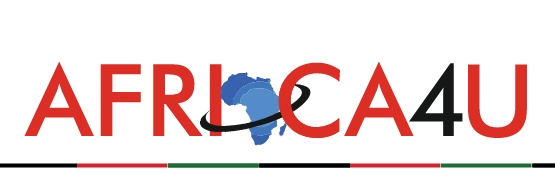(3 Minutes Read)
Karo Platinum, a player in the platinum group metals (PGM) industry, has introduced a wide-ranging energy plan aimed at enhancing the reliability of its mining operations in Zimbabwe while addressing broader electricity challenges. The strategy supports regional energy cooperation and private-sector efforts to stabilise power supply for industry.
Announced ahead of Karo’s upcoming bond listing on the Victoria Falls Stock Exchange, the initiative is intended to lower energy-related risks and build investor confidence. This aligns with a broader trend in Southern Africa, where mining companies are increasingly turning to independent and diversified energy solutions to cope with unstable national grids.
Zimbabwe’s electricity sector has long struggled with ageing infrastructure, limited generation, and hydro-dependent capacity vulnerable to climate variability. National demand exceeds 2,000 MW, while actual supply often ranges between 1,000 and 1,400 MW, causing frequent blackouts that disrupt key sectors like mining.
To address this, Karo has signed a supply deal with the Zimbabwe Electricity Transmission and Distribution Company (ZETDC) to secure power from the Selous substation, which is part of the Southern African Power Pool (SAPP), allowing cross-border electricity exchanges with neighboring countries.
Karo, in collaboration with Zimplats, is also upgrading the Selous substation, planning to supplement its current two 300 MVA transformers with four 175 MVA units. This enhancement aims to increase capacity and improve reliability for heavy industrial users.
The company is further investing in renewable energy by developing a 30 MW solar PV plant near its Chegutu mining site. Funded by a third-party investor, the facility will supply part of the mine’s power needs and may feed surplus electricity into the national grid.
Read Also;
https://trendsnafrica.com/zimbabwe-mining-industry-to-grow-7-in-2025-mining-chamber/
Karo’s hybrid model—combining grid access with renewable generation—mirrors a broader movement among energy-intensive industries toward diversified power sources. This is in line with Zimbabwe’s mining development strategy, which promotes private energy investment to support the sector’s growth and attract foreign capital.
While the impact of Karo’s energy approach will depend on execution and regional conditions, it highlights how private firms are adapting to energy insecurity in sub-Saharan Africa and potentially contributing to broader grid stability.





